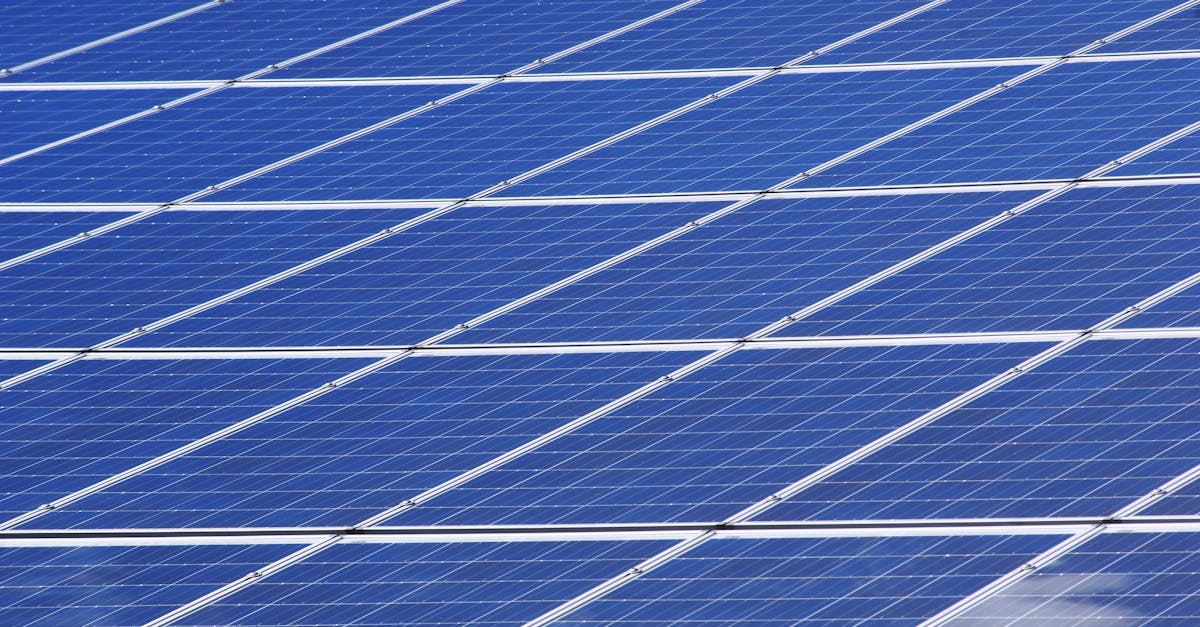Unveiling the Secrets of Atmospheric Water Generation: A DIY Journey

Looking for a sustainable and innovative solution to your water woes? Look no further than the DIY Atmospheric Water Generator (AWG)! AWGs harness the power of the air around us to extract pure and refreshing water, offering a decentralized and environmentally friendly alternative to traditional water sources.
In this comprehensive guide, we’ll take you on a fascinating journey into the world of AWGs. From understanding their science to building your own DIY unit, we’ll provide you with all the knowledge and tools you need to start producing your own water right at home. Whether you’re an avid hiker, a gardening enthusiast, or simply seeking a reliable backup water source, this guide will empower you to unlock the limitless potential of AWGs.
Thank you for reading this post, don't forget to subscribe!
So, let’s dive right in and explore the science behind these remarkable devices that are reshaping our relationship with water!
1. What is an Atmospheric Water Generator (AWG)?
What is an Atmospheric Water Generator (AWG)?
An Atmospheric Water Generator (AWG) is a device that extracts water from the air around us. It works by condensing water vapor present in the air into liquid water. AWGs are becoming increasingly popular as a sustainable and decentralized source of water, especially in areas with limited access to clean water or during emergencies.
How do AWGs work?
AWGs use a simple process called condensation to extract water from the air. The air is first passed through a cooling coil, which condenses the water vapor into tiny droplets. These droplets are then collected and filtered to produce clean drinking water.
Benefits of AWGs over traditional water sources
AWGs offer several advantages over traditional water sources, such as:
-
Decentralized water production: AWGs can be used to produce water anywhere there is air, making them ideal for remote or off-grid locations.
-
Sustainable and environmentally friendly: AWGs do not require any external water sources, making them a sustainable option. They also do not produce any harmful emissions.
-
Reliable backup water source: AWGs can provide a reliable backup water source in case of emergencies or natural disasters.
-
Improved water quality: AWGs can produce high-quality drinking water that is free of contaminants and impurities.
AWGs are a promising technology that has the potential to revolutionize the way we access and use water. As the technology continues to develop, AWGs are expected to become even more efficient and affordable, making them a viable option for a wider range of applications.
2. How to Build a DIY Atmospheric Water Generator

How to Build a DIY Atmospheric Water Generator
Building your own DIY Atmospheric Water Generator (AWG) is a fun and rewarding project that can provide you with a sustainable source of clean drinking water. Here’s a step-by-step guide to help you get started:
Materials you’ll need:
- A large, insulated container (such as a cooler)
- A smaller container (such as a plastic tub) that fits inside the larger container
- A cooling coil (you can make your own by coiling copper tubing around a metal rod)
- A fan
- A water collection tray
- A dehumidifier (optional)
Assembly instructions:
-
Place the smaller container inside the larger container.
-
Place the cooling coil inside the smaller container.
-
Connect the cooling coil to the fan.
-
Place the water collection tray under the cooling coil.
-
Connect the dehumidifier to the air intake of the fan (optional).
Setting up your DIY AWG:
-
Fill the larger container with cold water.
-
Turn on the fan and the dehumidifier (if using).
-
Wait for water to start condensing on the cooling coil and dripping into the water collection tray.
-
Once you have collected enough water, you can disconnect the AWG and enjoy your fresh, clean drinking water!
Tips:
-
The larger the cooling coil, the more water you will collect.
-
The colder the water in the larger container, the more efficient the AWG will be.
-
Placing the AWG in a humid environment will also increase its efficiency.
-
You can use a hygrometer to measure the humidity level in the air and adjust the settings of your AWG accordingly.
3. Optimizing Your AWG for Maximum Water Production
Optimizing Your AWG for Maximum Water Production
Once you have built your DIY Atmospheric Water Generator (AWG), there are a few things you can do to optimize its performance and increase water yield.
Ideal humidity levels:
The humidity level of the air plays a significant role in the performance of your AWG. The higher the humidity, the more water your AWG will be able to produce. The ideal humidity level for AWG operation is between 40% and 60%. If the humidity level is too low, your AWG will not be able to produce much water. If the humidity level is too high, the water vapor in the air will condense on the outside of the cooling coil, reducing its efficiency.
Placement:
The placement of your AWG can also affect its performance. Place your AWG in a warm, humid location with good air circulation. Avoid placing your AWG in direct sunlight, as this can reduce its efficiency.
Maintenance:
Regular maintenance is essential to keep your AWG operating at peak efficiency. Clean the cooling coil regularly to remove any dust or debris that may have accumulated. You should also check the water collection tray regularly and empty it when it is full.
Additional tips:
-
Use a larger cooling coil to increase the surface area for condensation.
-
Use a fan to circulate the air around the cooling coil.
-
Use a dehumidifier to increase the humidity level in the air.
-
Place your AWG in a sealed container to create a more humid environment.
By following these tips, you can optimize your AWG for maximum water production and enjoy a reliable source of clean drinking water.
4. Types of DIY AWGs: Pros and Cons

Types of DIY AWGs: Pros and Cons
There are several different types of DIY AWGs that you can build, each with its own advantages and disadvantages. Here are the three most common types:
Peltier-based AWGs:
Peltier-based AWGs use a thermoelectric cooler (TEC) to cool the air and condense water vapor. TECs are small, solid-state devices that can generate a temperature difference between two surfaces when an electric current is applied. Peltier-based AWGs are relatively simple to build and can be very efficient, but they can also be expensive to operate due to their high power consumption.
Pros:
- Relatively simple to build
- Can be very efficient
Cons:
- Can be expensive to operate
- May not be suitable for use in hot climates
Desiccant-based AWGs:
Desiccant-based AWGs use a desiccant material to absorb water vapor from the air. Desiccants are materials that have a strong affinity for water, and they can absorb large amounts of water vapor without becoming saturated. Desiccant-based AWGs are relatively inexpensive to build and operate, but they can be less efficient than Peltier-based AWGs.
Pros:
- Inexpensive to build and operate
- Can be used in hot climates
Cons:
- Less efficient than Peltier-based AWGs
- Requires regular maintenance to replace the desiccant
Hybrid AWGs:
Hybrid AWGs combine the features of Peltier-based and desiccant-based AWGs. They use a Peltier-based system to cool the air and a desiccant-based system to absorb the water vapor. Hybrid AWGs can be more efficient than either Peltier-based or desiccant-based AWGs, but they can also be more complex to build.
Pros:
- More efficient than either Peltier-based or desiccant-based AWGs
- Can be used in hot climates
Cons:
- More complex to build
- More expensive to build and operate
The type of DIY AWG that is best for you will depend on your specific needs and budget. If you are looking for a simple and inexpensive AWG to build, a desiccant-based AWG may be a good option. If you are looking for a more efficient AWG, a Peltier-based or hybrid AWG may be a better choice.
5. Troubleshooting Common AWG Problems
Troubleshooting Common AWG Problems
Like any other device, AWGs can sometimes experience problems. Here are some of the most common problems that you may encounter, along with some tips on how to resolve them:
Water quality:
The water produced by your AWG may not be as clean as you expect. This could be due to a number of factors, including the quality of the air in your area, the cleanliness of your AWG, and the type of AWG you are using. To improve the water quality, you can try the following:
- Use a pre-filter to remove impurities from the air before it enters your AWG.
- Clean your AWG regularly according to the manufacturer’s instructions.
- Use a distilled water reservoir to provide your AWG with clean water.
Insufficient water production:
Your AWG may not be producing as much water as you expect. This could be due to a number of factors, including the humidity level of the air, the size of your AWG, and the efficiency of your AWG. To increase water production, you can try the following:
- Increase the humidity level in the air by using a humidifier or placing your AWG in a humid location.
- Use a larger AWG with a larger cooling coil.
- Optimize your AWG for maximum water production by following the tips in the previous section.
Noise:
AWGs can be noisy, especially if they are using a fan to circulate the air. To reduce noise, you can try the following:
- Place your AWG in a quiet location.
- Use a fan with a lower noise level.
- Build a soundproof enclosure for your AWG.
If you are experiencing any other problems with your AWG, you can consult the manufacturer’s instructions or search for help online.
6. Sustainability and Environmental Impact
Sustainability and Environmental Impact
AWGs offer several environmental benefits over traditional water sources. First, AWGs do not require any external water sources, such as rivers or aquifers. This makes them a sustainable option for water production in areas where water is scarce or polluted.
Second, AWGs are very energy efficient. They use only a small amount of electricity to operate, and they can produce water even when the sun is not shining or the wind is not blowing. This makes AWGs a sustainable option for off-grid or renewable energy applications.
Third, AWGs can help to reduce greenhouse gas emissions. Traditional water sources often require the use of fossil fuels to pump and transport water. AWGs, on the other hand, do not produce any emissions.
In addition to their environmental benefits, AWGs can also help to promote sustainable water management practices. By providing a decentralized source of water, AWGs can help to reduce the demand on traditional water sources. This can help to protect these sources and ensure that they are available for future generations.
Overall, AWGs are a sustainable and environmentally friendly way to produce water. They can help to reduce our reliance on traditional water sources, conserve energy, and reduce greenhouse gas emissions.
What is the cost of building a DIY AWG?
The cost of building a DIY AWG will vary depending on the type of AWG you build and the materials you use. However, you can expect to spend between $100 and $500 on materials.
How long does it take to build a DIY AWG?
The time it takes to build a DIY AWG will vary depending on the type of AWG you build and your skill level. However, you can expect to spend between a few hours and a few days on the project.
How much water can a DIY AWG produce?
The amount of water a DIY AWG can produce will vary depending on the type of AWG you build, the size of the AWG, and the humidity level of the air. However, you can expect to produce between a few ounces and a few gallons of water per day.
Is it safe to drink the water produced by a DIY AWG?
Yes, it is safe to drink the water produced by a DIY AWG. However, it is important to note that the water quality may not be as good as the water quality from a municipal water source. To improve the water quality, you can use a pre-filter to remove impurities from the air before it enters your AWG.
What are the benefits of using a DIY AWG?
There are several benefits to using a DIY AWG, including:
-
Decentralized water production: AWGs can be used to produce water anywhere there is air, making them ideal for remote or off-grid locations.
-
Sustainable and environmentally friendly: AWGs do not require any external water sources, making them a sustainable option. They also do not produce any harmful emissions.
-
Reliable backup water source: AWGs can provide a reliable backup water source in case of emergencies or natural disasters.
-
Improved water quality: AWGs can produce high-quality drinking water that is free of contaminants and impurities.
Quiz
- What is the main principle behind the operation of an Atmospheric Water Generator (AWG)?
(a) Evaporation and condensation (b) Reverse osmosis (c) Distillation
- Which of the following is NOT a benefit of using a DIY AWG?
(a) Decentralized water production (b) Low cost and easy maintenance (c) Sustainable and environmentally friendly
- What is the ideal humidity level for optimal AWG performance?
(a) Below 40% (b) Between 40% and 60% (c) Above 80%
-
True or False: Peltier-based AWGs are more efficient than desiccant-based AWGs.
-
What is one way to improve the water quality produced by an AWG?
(a) Use a pre-filter to remove impurities from the air (b) Increase the humidity level of the air (c) Use a larger AWG with a larger cooling coil
Answer Key
- (a) Evaporation and condensation
- (b) Low cost and easy maintenance
- (b) Between 40% and 60%
- True
- (a) Use a pre-filter to remove impurities from the air




